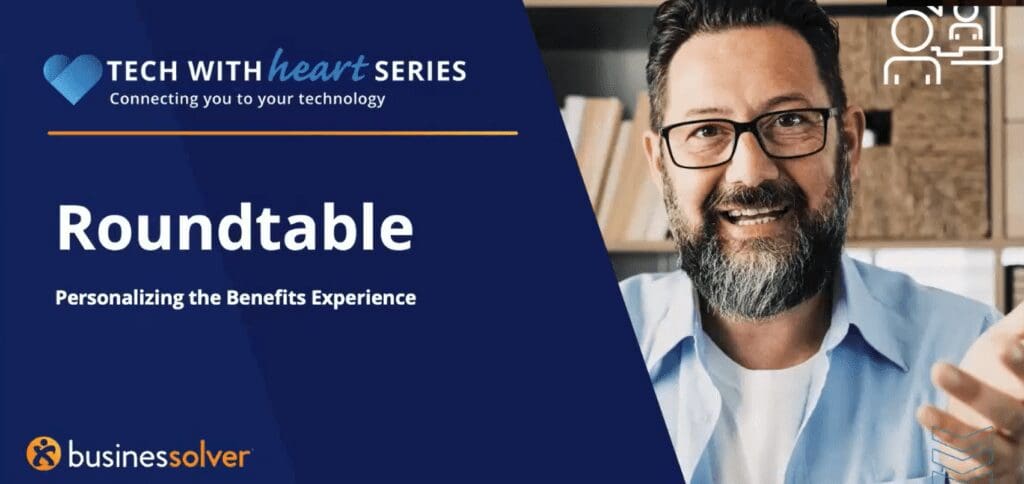

Last month, I had the great pleasure of supporting a roundtable discussion with three very impressive people. Our discussion was focused on driving personalization through omni-channel communications to create real ROI for a benefits program and the topic could not be more timely.
Financial unease has remained prevalent over the last year. According to our 2023 Benefits Insights Report, 45% said they would “feel panicked” about facing a large expense, indicating that a large portion of employees need help with cost-saving and financial goal planning.
More importantly, they need to know what benefits their employers are investing in to help them with unexpected medical expenses.
When I talked with Pamela Reed, Benefits Director at PRIDE Industries, she stated that for her non-profit organization, an important part of her role is responding to change—to make sure that the benefits “we offer are not just financially good for our employees but are financially good for the organization.” Then, carrying out relevant employee communications when big changes happen.
Businessolver’s content strategists, like Becky Hayter, understand all too well that benefits are confusing. And in order to relay important information, benefits leaders first and foremost have to put their “empathy foot-forward.” Becky implements this strategy by building benefits awareness, and by communicating with our members with messaging they can relate to, ensuring they will be well-informed in case they need to seek care in the future.
In the face of economic uncertainty, while some organizations are resorting to mass layoffs, others are planning to invest in their workforce. In fact, 72% of employers are planning to start investing in new mental health benefits in 2023, according to Wellable Labs. Furthermore, 50% are planning on offering new digital tools.
One such digital tool that PRIDE Industries includes in their benefits mix is MyChoice® Find a Provider, powered by Amino. Pamela and I discussed how this tool supports her employees with the right care, at the right time, given a member’s specific network, their healthcare plan, their geographical location, and their medical need, to find providers and lab facilities that are high-quality, low-cost, and in-network.
Additionally, Andrew Rosenthal, Chief Product Officer at Amino explained that through their database of billions of medical claims their, “expertise is knowing all about these providers and guiding people into the right point of care for their need.”
Andrew said that Amino’s approach to finding the right provider must be user-friendly. For our member experience, the MyChoice Find a Provider is integrated within the Benefitsolver® platform to make healthcare “shoppable”—that is making the process of finding and booking an appointment with a provider as fast and convenient as we’ve all come to expect in an online, digital-first world.
Benefits leaders like Pamela rely on technology to save them time and money. Andrew emphasized that our MyChoice Find a Provider tool can save employees time with their appointment booking service and claim a “2-3x steerage to the highest-quality, most cost-appropriate medical segment.”
This means directing them to the right point solution or provider when pinpointing member’s specific care needs, thus generating valuable ROI for benefits leaders.
The people that power the technology must be empathetic and understanding of their client’s needs. Especially for leaders like Pamela, who operate in a team of two people, to support 5,000 employees. In response, Becky brought forward how personalized announcements are effective at driving people to take action with their benefits. We see a 20% spike in traffic after an email send from our system.
Offering up a year-round communication that is personalized and based on timely metrics, empowers employees to find what they need without having to call HR.
For Pamela’s benefits department of two, “we’re really trying to find that balance of where we can have the appropriate technology tools for [our employees], so that they feel cared for and supported, and they get the information they need.” She added, “it’s great to have these tools available as a true extension of our team.”
Employees—as well as companies—are worried about their finances, so leading with empathy is an important first step to build benefits engagement. Catch up on the discussion: